Prefabricated Buildings


Prefabricated Buildings Manufacturer in India
Discover Excellence in Prefabricated Buildings
with EPACK Prefab
Prefabricated Buildings are the future. With time, everything is slated for a change. Sometimes, changes are big and unprecedented and go beyond the control of industry. The real estate scenario in India is currently going through a similar situation. The demand for living spaces is going up with the ever-increasing population and urbanization. There is a deficit of space in India’s big cities and it is only getting bigger.
While there is no stopping population growth and urbanization, technological advancement is the way to go, as has been proved in several developed countries across the world. Construction solutions backed by technology are allowing developers to build quickly while earning a better rate of investment as well. Real estate in the country is reeling under lack of space, overcrowding, completion delay, and factors related to clearance, permission, etc. This essentially plagues three sectors of construction – Commercial Buildings, Retail Malls, and Housing..
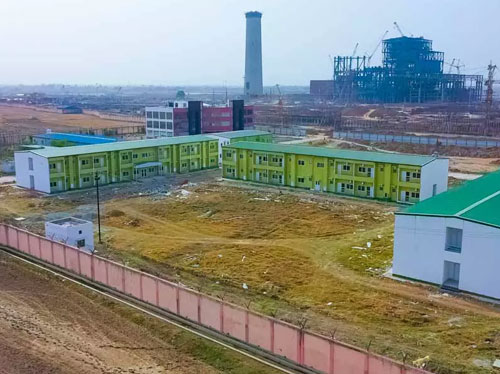
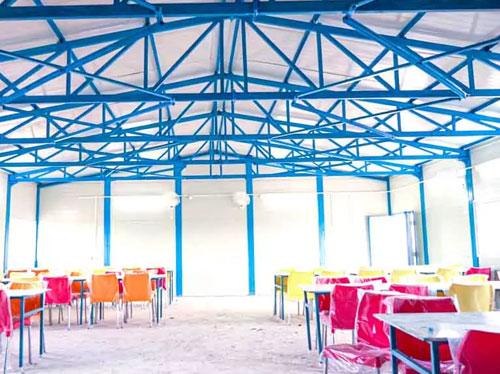
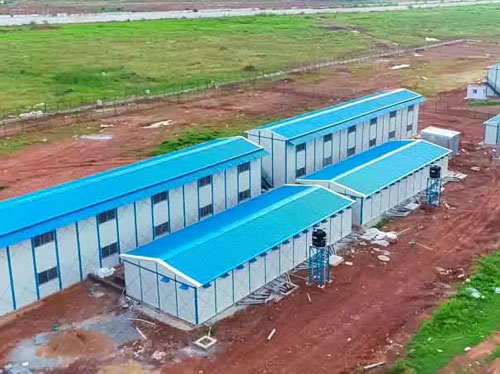
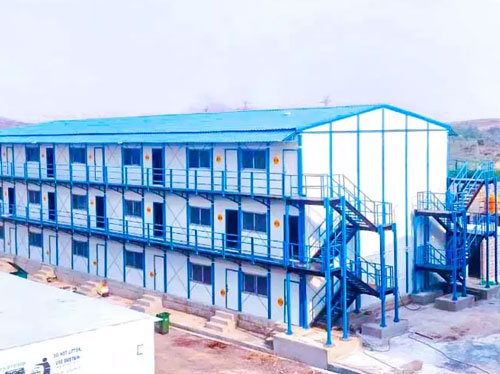
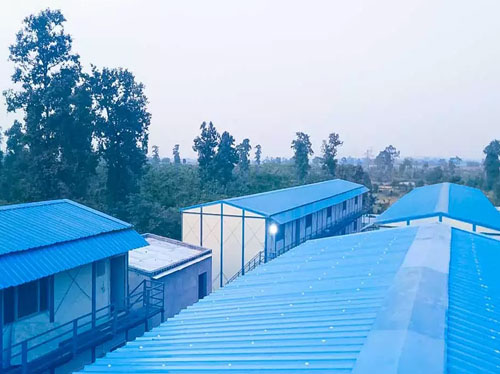
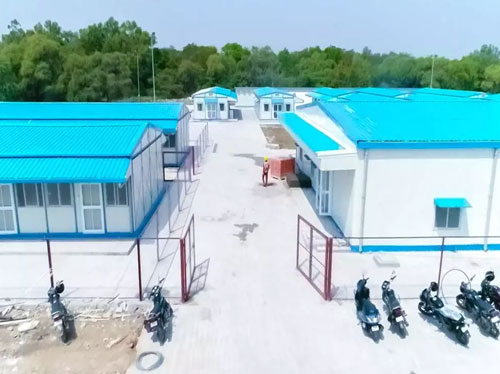


Prefabricated Construction Technology that
canhelp save time and cost
New age construction trends like prefabrication help increase efficiency and build faster. This technology is one where construction is done off-site, therefore completion is not hampered by changing weather conditions. The project’s delivery time and costs are budgeted accordingly. Within offsite construction as well, companies are increasingly moving towards automation that helps minimize manual labor. Installation of robots, drones, and other modern machinery is becoming commonplace.
Prefabricated V/S Conventional Construction
The conventional mode of construction has been the accepted way of the building since time immemorial. Prefabricated construction, on the other hand, has changed the way we look at construction – from reducing time to eco-friendliness.
While certain steps at the beginning are common in both modes of construction – planning, design, approvals, etc. It is from here on everything changes.
Conventional Construction
In this mode of construction, the foundations are laid, walls are erected, the roof is built, then the interior of the building is made. Before the handover to the customer, the snag-list is made and dealt with – the things that need to be addressed. Only then the building is officially ready.
Prefabricated Construction
As the foundation of the building starts getting ready on-site, the components of a building are simultaneously started building off-site in the factory. Off-site construction includes making the wall panels, roof panels, steel frames – primary and secondary. The snag-list in prefab construction is done at the factory before handing over the building. The building components are then transported to the construction site and handed over.
Major Benefits of Prefabricated Structures
Prefabrication benefits in several ways over traditional construction – for storage needs, buildings, etc. We have enlisted few noteworthy ones below that to make it one of the preferred ones:
1. Construction Time Is Faster
2. Long Term Cost Savings
Reduced construction time is the major factor behind the widespread popularity of prefab. Building components come ready for final assembly, which renders fifty percent of the construction work done. While changing weather conditions can hamper project completion in conventional construction, prefabricated construction is offsite and therefore not affected by this factor. This widens the scope for contractors who can take up multiple projects and run them thus maximizing revenues.
